If you've recently started learning about hybrid cars, but are confused by the many types, you're not alone. In this easy-to-understand guide, we will carefully go through the differences. We will look at why hybrids exist, what makes each one different, and what special features make each one stand out.
There are three prominent categories for the different types of This is a hybrid cars: Mild hybrids, plug-in hybrids - sometimes referred to as self-charging hybrids and full hybrid vehicles. The existence of these diverse types of hybrid cars is not random but rather a carefully considered response to different driving conditions and efficiency demands. Each type of hybrid vehicle has been constructed with specific audience segments in mind, aiming to address their unique needs and preferences.
Understanding the Concept of Hybrid Cars
Hybrid cars use a combination of an internal combustion engine and an electric motor, which work together to provide power and improve fuel efficiency. The internal combustion engine operates similarly to a conventional car, using gasoline or diesel fuel to generate power. However, the integration of an electric motor sets hybrids apart.
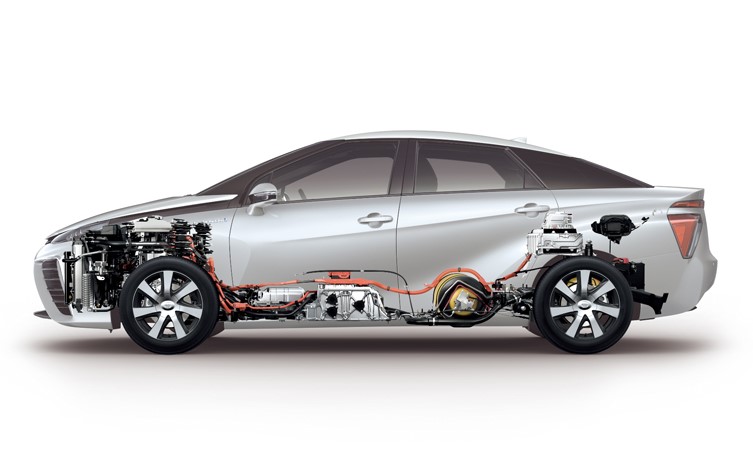
Image Source: Toyota Magazine
The electric motor in a hybrid car serves multiple purposes.
Firstly, it assists the internal combustion engine during acceleration, providing additional power to move the vehicle. This combination of power sources results in smoother and more responsive acceleration than conventional vehicles.
Secondly, the electric motor can operate independently, meaning it can propel the car solely using electric power. This feature reduces fuel consumption and lower emissions, particularly when driving at lower speeds or in stop-and-go traffic situations. By relying on electric power in these conditions, hybrid cars minimize the use of the internal combustion engine, which leads to improved fuel efficiency and reduced environmental impact.
Hybrid cars also incorporate a regenerative braking system, which converts the kinetic energy generated during braking into electrical energy. This energy is then stored in a battery, which can power the electric motor and assist the engine when needed. The regenerative braking system helps to maximize energy efficiency and prolong the lifespan of the hybrid car's battery.
Overall, hybrid cars offer the advantages of improved fuel efficiency, reduced emissions, and the ability to operate using electric power in certain driving conditions. They provide a bridge between traditional internal combustion engine vehicles and fully electric vehicles, offering a more eco-friendly and efficient option for transportation.
For a more detailed information on the hybrid car technology you can have a look at our detail blog on what are hybrid cars.
Understanding Parallel Hybrid , Series Hybrid Vehicles and Power Split Hybrid
Now that we have grasped the concept of hybrid vehicles, it is important to familiarise ourselves with the technology and architecture of these hybrid systems. Hybrid vehicles can be classified into various types based on their position and architecture, such as P1 Parallel Hybrid, P2 Parallel Hybrid, Power Split Hybrid, and Multi-Mode Power Split Hybrid. While we won't delve into the technical details in this article, let's gain a basic understanding of Series Hybrid and Parallel Hybrid systems.
Series hybrid and parallel hybrid systems
In the series hybrid system, the engine acts solely as a generator, charging the battery. The battery, in turn, supplies the electrical power to drive the electric motor(s). On the other hand, in the parallel hybrid system, both the engine and the electric motor work in conjunction to propel the vehicle. Additionally, in the parallel hybrid system, both power sources can operate independently, depending on the driving conditions, whether it's starting the vehicle, accelerating, or overtaking. Thus, at different points in time, both the engine and the electric motor collaborate as the powerplants.
Some of the most popular cars that run on the series hybrid and parallel hybrid are:
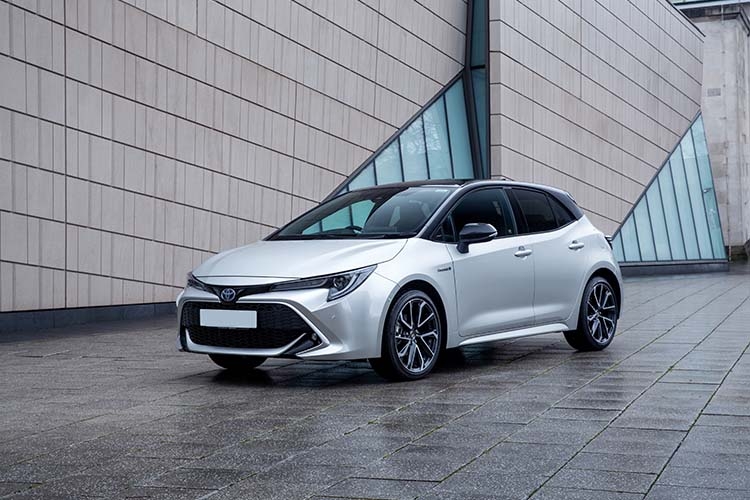
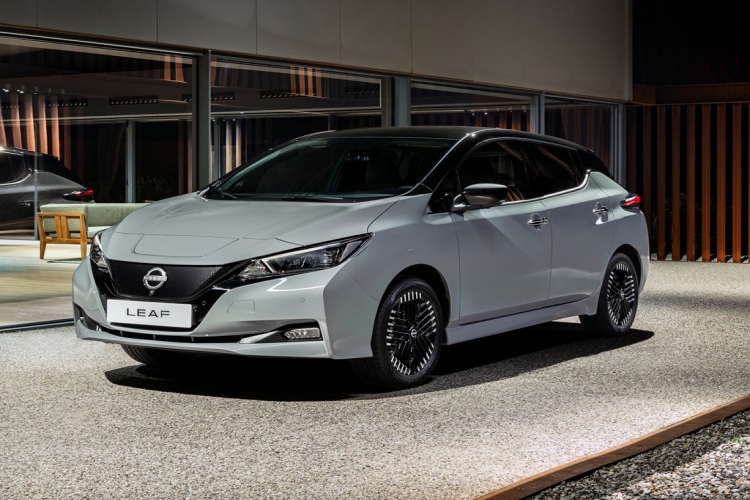
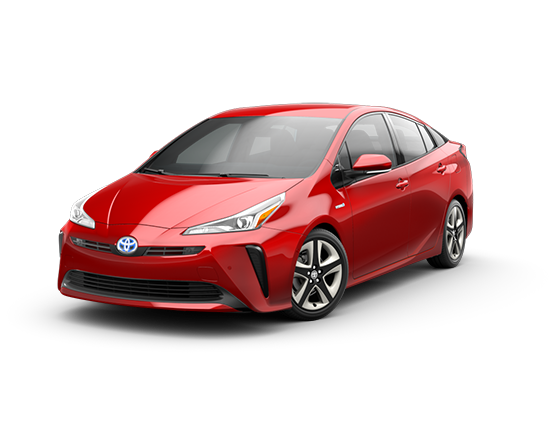
Power split hybrid system
The power split hybrid is the most efficient form of the hybrid. This hybrid type utilises a power-split hybrid device to distribute power between the internal combustion engine (ICE) and the electric motor(s). This configuration allows for more flexible power distribution and optimal efficiency in different driving conditions. As per British driving conditions, cars that run on this type of hybrid technology can achieve a claimed mileage of 40 plus kilometres per litre. One of the best examples of power split hybrid vehicle technology is the Toyota Prius.
These different hybrid architectures cater to various driving needs and preferences while striving for improved fuel efficiency and reduced emissions.
Full Hybrid Vehicles
Full hybrid cars, also known as parallel hybrids, are a popular type of hybrid vehicle that offers significant fuel efficiency and reduced emissions. These vehicles combine both an internal combustion engine and an electric motor, allowing them to operate in various driving modes and optimise fuel consumption.
To learn more about the complete hybrid technology and the top vehicles that employ this technology, have a read of our blog.
Are full hybrid cars expensive?
Full hybrid cars can vary in price depending on the make, model, and features. Generally, full hybrids tend to be more expensive than traditional internal combustion engine vehicles but are often less expensive than plug-in hybrids and fully electric vehicles.
The cost of full hybrids is influenced by several factors, including:
The Plug-in Hybrid Vehicles - The Best of Both Worlds?
Plug-in hybrid vehicles, also known as plug hybrid electric vehicles (PHEVs), combine an internal combustion engine (ICE) with an electric motor and a larger battery pack. What sets PHEVs apart from conventional hybrids is their ability to be charged from an external power source, typically an electrical outlet or charging station.
![Lexus NX Estate 450h+ 2.5 5dr E-CVT [Premium Pack]](/photos/7f356db7d221748b9c36a24efd884ed5e.png)
Difference between plug-in hybrid and full hybrid
Compared to the other hybrid cars, like a traditional hybrid car, the plug-in hybrid uses both a combustion engine and an electric motor but has a higher capacity battery than hybrid cars for storing electricity. The larger high-capacity battery allows it to cover longer driving distances in electric mode than hybrid cars.
Compared to other hybrids, the other advantage of the plug-in hybrid (PHEV) is that it can be plugged into recharge the high voltage battery. The charging can be performed anywhere with an installed domestic electricity socket, just like a smartphone.
How do plug-in hybrids work?
As mentioned, the plug-in hybrid uses a combustion engine and an electric motor with a high-capacity battery. PHEV batteries are charged using a wall outlet or charging equipment by the ICE or through regenerative braking. The vehicle typically runs on electric power until the battery is nearly depleted, and then the car automatically switches over to use the ICE.
Additionally, you can refer to our guide on how to how to charge your electric vehicle or plug-in hybrid at home.
The battery range of plug-in hybrid
The plug-in hybrid is connected to a decent size battery and allows you to drive 20 to 30 miles on a single charge. The actual range may vary depending on factors such as driving conditions, vehicle efficiency, and battery capacity.
Are plug-in hybrid cars expensive?
Compared to their conventional counterparts, plug-in hybrid cars are still more expensive on average than their traditional counterparts. However, due to substantial technological learning in the electrification of powertrains, there is a robust decline in the overall cost of plug-in hybrids. Recent research suggests that the relative difference between plug-in hybrids continuously decreases and tends to decrease more in the future.
Compared to full hybrids, full hybrids are typically less expensive due to their smaller battery size and less reliance on external charging infrastructure. Additionally, full hybrids may have lower emissions mitigation costs, making them a more cost-effective option for some drivers.
In terms of user costs, plug-in hybrids cost more than electric cars. The increase can be attributed to their absolute price, power, and electricity/fuel consumption. However, due to technological advancements, this cost tends to decrease more in times to come.
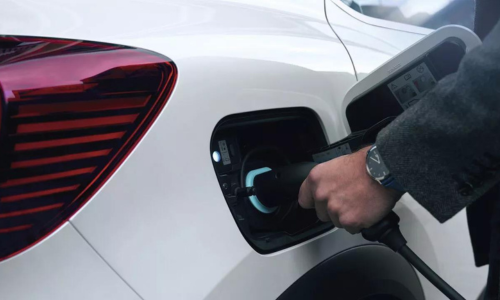 Source Renault Plugin Hybrid Technology
Source Renault Plugin Hybrid Technology
Emissions mitigation cost for the plug-in hybrid
The cost of CO2 emissions, which means the impact these vehicles have on the environment and climate, also has financial implications. Even though plug-in vehicles don’t emit CO2 while driving, the electricity they use to charge their batteries is often generated from burning fossil fuels that produce CO2.
Comparing the CO2 mitigation cost of the plug-in hybrid with the fully electric vehicle (BEV), the cost overall of the electric vehicle is less compared to the plug-in. The fully electric car is more energy efficient and has no tailpipe emissions. A tailpipe emission refers to the gases and pollutants released from the exhaust system of the vehicle’s engine.
As compared to conventional vehicles, CO2 has a lower mitigation cost. However, one crucial concept in this is the wheel energy chain. This concept refers to the entire lifecycle of energy production, transportation, and consumption for the vehicle. The well-to-wheel energy chain is lower in plug-in hybrid vehicles than in fully hybrid and conventional cars. Compared to mild and full hybrids, they also have a higher cost. Higher upfront costs, battery technology, limited economies of scale, maintenance, service, and charging infrastructure increase prices.
What is a Mild Hybrid Car?
Mild hybrids are those vehicles that incorporate a hybrid system with limited electric assist capabilities. Unlike full hybrids or plug-in hybrids, mild hybrids can’t run solely on electric motors. They use a smaller electric motor and battery system to assist the internal combustion engine during acceleration and deceleration, boosting fuel efficiency and overall performance.
What makes the mild hybrid different?
Mild hybrids are most optimal when it comes to getting better fuel economy. In terms of what makes mild hybrid different is the following:
Why mild hybrids are so cost-effective?
Mild hybrids offer the highest level of cost-effectiveness. However, there is a common query regarding the higher cost of electric cars and plug-in hybrids, despite their greater reliance on batteries. The explanation lies in total ownership, which we discussed in our buying vs leasing article. While plug-in and full hybrids boast superior fuel efficiency, mild hybrids are more economical when considering purchase price and maintenance expenses. Several reasons contribute to this including:
Affordable purchase price
Mild hybrids generally have a lower purchase price than plug-in and full hybrid vehicles. This is because their electric motor and battery systems are less complex, require less advanced technology, and are smaller.
Lower maintenance costs
Mild hybrids involve fewer components that may require repair or replacement, unlike plug-in and full hybrids. For instance, they lack the plug-in charging equipment found in PHEVs, leading to reduced potential maintenance costs.
Independence from external charging
In contrast to plug-in hybrids and fully electric vehicles, mild hybrids do not rely on an external electricity source to recharge the battery. As a result, they place less demand on the electrical grid, which is particularly advantageous in regions where the electricity supply is generated from non-renewable sources.
Emissions mitigation cost for the mild hybrids
In terms of the emissions mitigation cost, the ownership cost depends on many factors; if you are mostly driving in the city and can take advantage of the full hybrid’s electric-only mode, a full hybrid offers more cost-effective emissions reductions. If driving includes a lot of motorway miles then mild hybrid is a more suitable option. Where the full hybrid’s electric-only mode is less beneficial, the additional expense of a full hybrid may not pay off, making the mild hybrid a more cost-effective option.
In terms of tailpipe emissions, mild hybrids have lower tailpipe CO2 emissions than conventional vehicles due to improved fuel efficiency, but these emissions are higher than those of full hybrids or plug-in hybrids since they can’t operate on electric power alone.
.jpg)
Image Source: Audi Sustainability
In terms of the well to wheel emissions, the mild hybrids have a smaller carbon footprint than traditional cars due to their improved fuel efficiency. However, comparing it with full hybrids and PHEVs, they are disadvantaged because they rely more on the internal combustion engine.
One thing to consider is that manufacturing a mild hybrid is not a carbon incentive compared to PHEVs or full hybrids. This is because battery production significantly contributes to the carbon footprint of manufacturing hybrid and electric vehicles. However, considering the entire well to wheel lifecycle, PHEVs and full hybrids can often still appear ahead despite their more carbon-intensive manufacturing process. This is because they tend to have significantly lower operational emissions, thanks to their greater fuel efficiency and lower operating cost.
Another factor to consider is that the actual comparison would depend on many factors, including the specific models being compared, the carbon intensity of the electricity used to charge PHEVs, and the distance driven by electric power. For example, if a PHEV is often driven on gasoline because charging infrastructure is unavailable or inconvenient, its well to wheel emissions could be higher than those of a mild hybrid.
The Tax Benefit of Each Type of Hybrid
According to the updated UK tax law, the tax incentives for hybrid vehicles are based on the car's CO2 emissions and zero-emission mileage. Here is a general breakdown:Which Type of Hybrid is Best for You?
The best hybrid car for you depends on your specific needs and preferences. Mild hybrids are most optimal when it comes to achieving better fuel economy. They have a lower purchase price, lower maintenance costs, and do not require external charging. A mild hybrid can be cost-effective if you mainly drive in the city and can take advantage of the full hybrid's electric-only mode.Full hybrids offer superior fuel efficiency and lower emissions compared to mild hybrids. They have a larger electric motor and battery system, allowing them to run on electric power alone for short distances and assist the engine when needed. If you prioritise fuel efficiency and want the ability to drive short distances on electric power, a full hybrid would be a good choice.
Plug-in hybrids (PHEVs) combine an internal combustion engine with a larger battery pack and an electric motor. They can be charged from an external power source, allowing for a longer electric driving range than other hybrids. PHEVs have higher upfront costs and emissions mitigation costs but benefit from tax incentives and lower emissions than mild hybrids.
A plug-in hybrid would be the best choice if you can access charging infrastructure and prioritise an electric driving range. Ultimately, the best hybrid type for you will depend on your driving habits, budget, and environmental preferences. Consider factors such as fuel efficiency, electric driving range, emissions reduction, and overall cost-effectiveness to make an informed decision.
Chris, our knowledgeable account manager, simplifies the complexities of hybrids with this straightforward recommendation:

“When deciding between different hybrids, consider your driving habits and charging accessibility. If you have mostly short trips and can charge regularly, a PHEV can save you more money in the long run due to its cheaper electric driving cost. However, for longer distances with limited charging options, a full hybrid might be more practical as its lighter hybrid system offers better efficiency when running on the engine alone.”
Motorfinity Provides Exclusive Car Discounts on All Hybrid Vehicles
If this article has helped you make a decision on which type of hybrid will be more suitable for you, then you can order your brand new hybrid from Motorfinity. Motorfinity offers discounts on a wide range of new vehicles, including electric and hybrid models, for the NHS, emergency services, and key workers. We work with leading manufacturers, including Audi, BMW, Ford, Citroen, and many more. Browse our website or get in touch with our team today.





